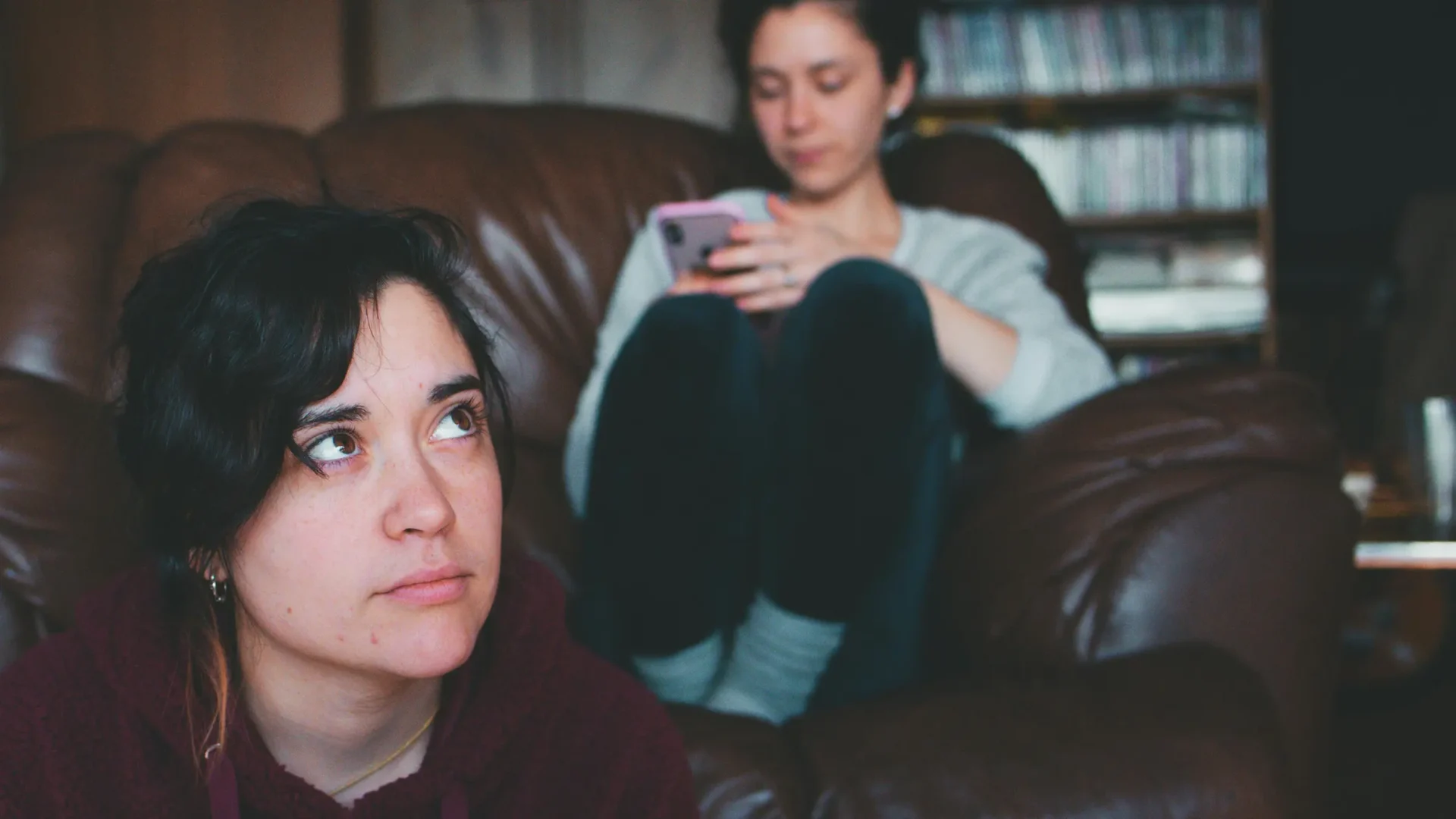Subjective Norm
What a person believes others will think of them when they perform a behavior.
Have you ever wanted to do something but didn’t because you were afraid of what people would think if you did it? Let’s say we’re at a wedding reception, and the dance floor is empty. The DJ is spinning “Funkytown” by Lipps Inc. You want to get out there and dance, but if you do, you will be “that guy” (or girl) dancing alone. What will your date think about you dancing all alone? What would your parents or your best friend think? You can dance and get down, but you will also likely find yourself a fixture in every story about the reception.
That’s the subjective norm—what a person perceives significant others will think about them if they perform a behavior. According to Ajzen’s Theory of Planned Behavior, these perceptions are one factor that determines a person’s intention to act. If the individual believes others will think well of the behavior, the person will likely act. If they think others will think poorly of their actions, they may think twice about trying it.
Examples of Subjective Norm
- Peer expectations
- Family pressure
- Community norms
- Social media influence
Researching Subjective Norm
If designers hope to implement products, services, and systems that people will use, they must consider what those people will think and feel when they use those designed outcomes. Researching subjective norm involves examining what people will think when they complete activities in front of others. If we were to develop an adult playground, some adults might become self-conscious when running through tubes and swinging on swings in front of other adults. Remember, some people may not care about what others think. In some scenes, drinking alcohol or using other substances can reduce a person’s fears about what others will think of them. Researching subjective norm requires a case-by-case and person-by-person approach. Still, awareness of this factor can help designers recognize settings where subjective norms can significantly influence complete experiences.
Questions to Ask
- Who around this person might notice them when they do something?
- How “normal” is this activity in this setting?
- Could performing this behavior ever be regarded as silly, risky, or strange?
Look For
- People doing activities in ways that could be seen as “out of place.”
- Any “important others” such as family members, love interests, or a supervisor who could be an influence on a person’s behavior.
Sources
Social Science
Ahmad, S. N. (2016). The Role of Social Facilitation Theory on Consumer Decision Making: A Conceptual Framework. American Journal of Management, 16(2).
Ajzen, I. (2019). Theory of Planned Behavior with Background Factors. Retrieved December 12, 2019 from https://people.umass.edu/aizen/tpb.background.html
Bandura, A. (1986). Social foundations of thought and action: a social cognitive theory. Englewood Cliffs, N.J.: Prentice-Hall.
Bandura, A. (2001). Social Cognitive Theory of Mass Communication. Media Psychology, 3(3), 265-299.
Bandura, A. (2001). Social cognitive theory: an agentic perspective. Annual Review Of Psychology, 52, 1-26.
Bandura, A. (2011). The Social and Policy Impact of Social Cognitive Theory. In M. M. Mark, S. I. Donaldson, & B. Campbell (Eds.), Social psychology and evaluation (pp. 33-70). New York, NY: Guilford Press.
Berger, P. L., & Luckmann, T. (1990). The Social Construction of Reality: A Treatise in the Sociology of Knowledge. (Kindle ed.). New York: Open Road Media.
Finlay, K. A., Trafimow, D., & Moroi, E. (1999). The importance of subjective norms on intentions to perform health behaviors. Journal Of Applied Social Psychology, 29(11), 2381-2393.
Lapinski, M. K., Kerr, J. M., Zhao, J., & Shupp, R. S. (2017). Social Norms, Behavioral Payment Programs, and Cooperative Behaviors: Toward a Theory of Financial Incentives in Normative Systems. Human Communication Research, 43(1), 148-171.
Health., N. I. O. (n.d.). Subjective Norm: Consumer Health Informatics Research Resource. Retrieved December 9, 2019 from https://chirr.nlm.nih.gov/subjective-norm.html
Rimal, R. N., & Lapinski, M. K. (2015). A Re-Explication of Social Norms, Ten Years Later. Communication Theory (1050-3293), 25(4), 393-409.
